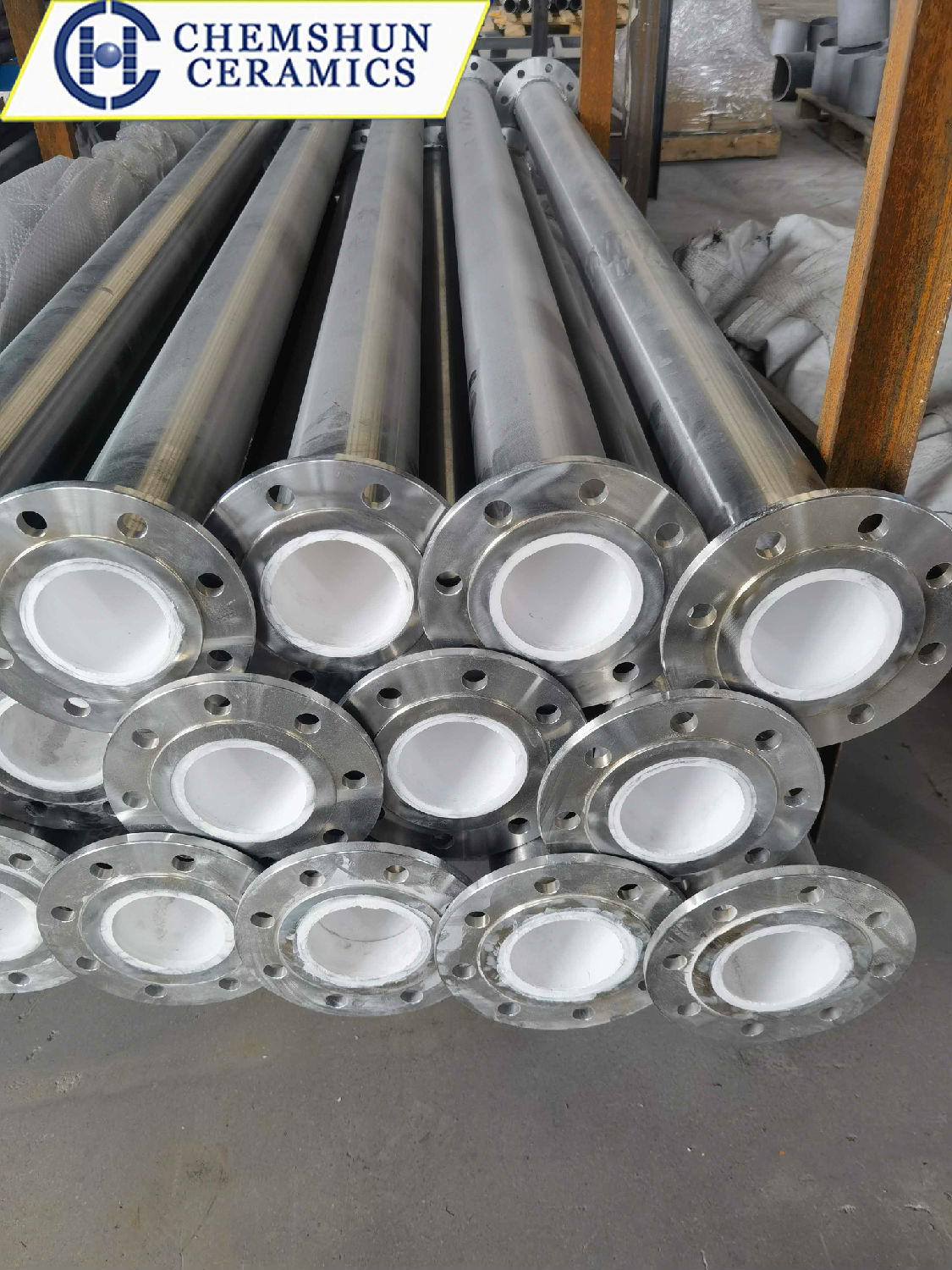Top articles
- How to install ceramic rings on integrally formed wear-resistant ceramic tubes?
- Advantages of rubber ceramic composite wear plate
- What are the types of wear-resistant ceramic pipes?
- Alumina Ceramic Substrates: The Invisible Backbone of Modern Industry
- 99% Alumina Ceramic: The Superior Choice for Bulletproof Armor Materials
- Analysis of the Characteristics of Rubber Ceramic Composite Liners
- Excellent Ceramic Material—ZTA Toughened Alumina Ceramic
- Characteristics of Wear-Resistant Alumina Ceramic Tubes
- Wear resistant ceramic pipes for pneumatic conveying of lithium batteries
- What should be paid attention to when choosing to use wear-resistant ceramic linings
Latest articles
- How to install ceramic rings on integrally formed wear-resistant ceramic tubes?
- Advantages of rubber ceramic composite wear plate
- What are the types of wear-resistant ceramic pipes?
- Why 99% alumina ceramics are the preferred material for bulletproof armor
- Alumina Ceramic Substrates: The Invisible Backbone of Modern Industry
- Chemshun High-Performance Ceramic Substrate Production Line Kiln Officially Ignited and Put into Operation!
- 99% Alumina Ceramic: The Superior Choice for Bulletproof Armor Materials
- Analysis of the Characteristics of Rubber Ceramic Composite Liners
- Excellent Ceramic Material—ZTA Toughened Alumina Ceramic
- Characteristics of Wear-Resistant Alumina Ceramic Tubes
Your browsing history

How to install ceramic rings on integrally formed wear-resistant ceramic tubes?
Integrally formed wear resistant ceramic tube are mainly used in special industries such as lithium batteries. Because the lithium battery industry needs to isolate metal pollution during material transportation, the wear resistance and i nsulation of the wear-resistant ceramic rings have become the best choice for the lithium battery industry. So how should wear-resistant ceramic rings be installed? It mainly includes the following 3 steps.
(I) Ceramic ring splicing: The qualified ceramic rings are spliced with 502 quick-drying glue according to the requirements of the drawings to ensure that the interior is flat and there are no large gaps.
(II) Ceramic ring pasting: The flanges on both sides of the pipeline are wrapped with kraft paper, and the glue is opened inside the pipeline with the adjusted adhesive to ensure that it is uniform, and then the glue is opened on the spliced ceramic ring tube to ensure that the pipeline is pasted on the inner wall of the pipeline at one time. After fixing, check whether there is dislocation and glue leakage on the inner wall of the pipeline. After checking, place the pasted pipeline in the designated position. Ceramic pasting should be strictly operated according to the drawings. When pasting the ceramic ring, the ceramic should also be properly dislocated to ensure the service life of the pipeline.
(III) Grinding: After the adhesive is completely cured, the excess ceramic rings on both sides of the pipe should be polished to ensure that they are flat and do not damage the flange. After polishing, clean off the film paper at both ends.









